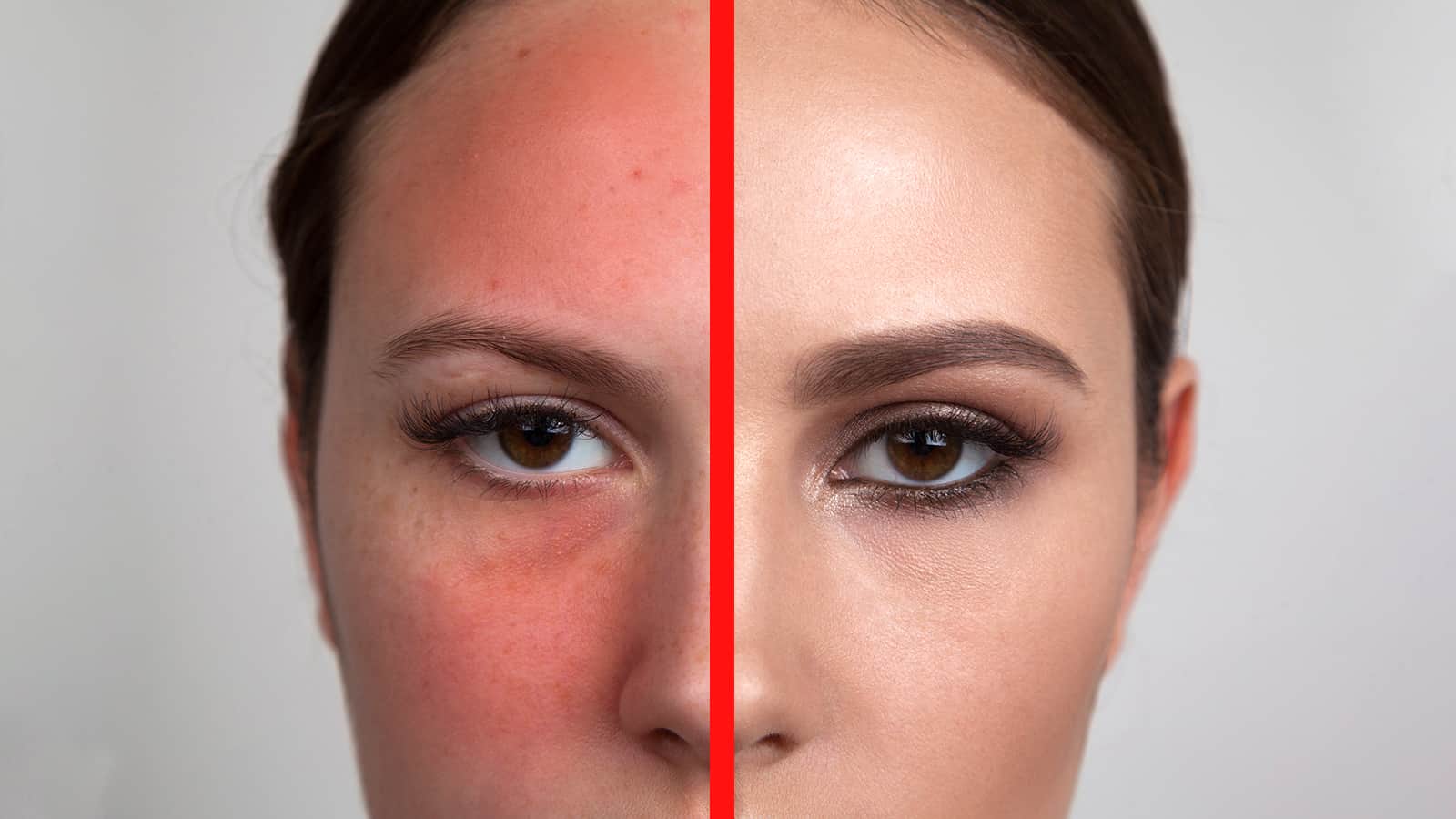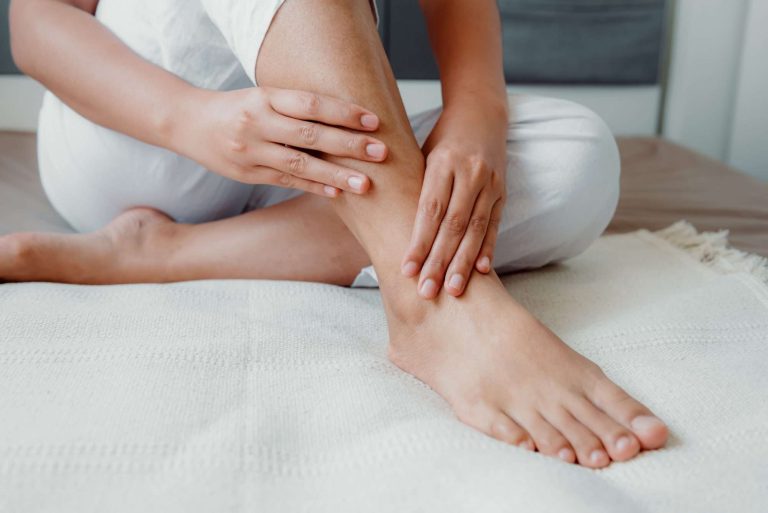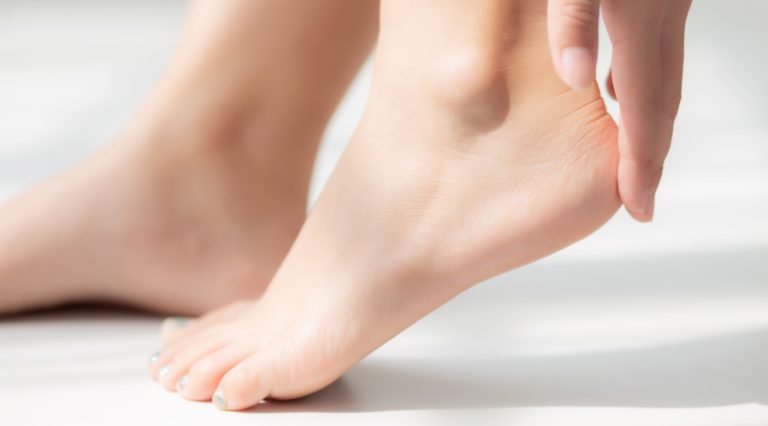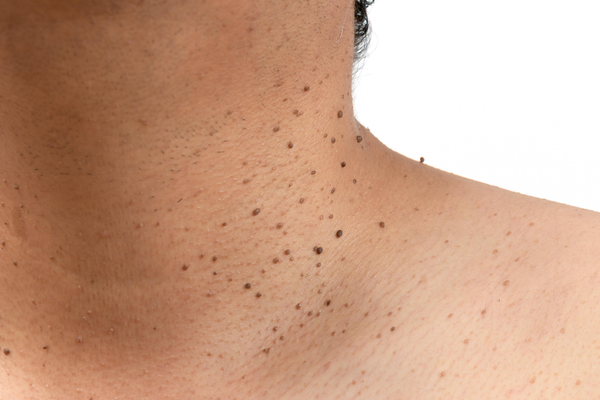Say Goodbye to Redness: 7 Powerful Ways to Reduce Redness On The Face

Sure, here’s the introduction paragraph for the blog post:
Are you tired of constantly battling facial redness? Whether it’s due to sensitive skin, rosacea, or other factors, dealing with redness on the face can be frustrating. In this comprehensive guide, we’ll delve into the underlying causes of facial redness, explore effective skincare routines, topical treatments, and lifestyle adjustments that can help reduce redness. Additionally, we’ll discuss professional treatments and when it’s essential to seek medical advice for persistent redness. Say goodbye to redness and embrace a calmer, more balanced complexion with these powerful strategies.
Understanding Facial Redness
Facial redness can be a common skin concern that many people experience. It is essential to comprehend the underlying factors contributing to this issue in order to effectively address and reduce redness on the face.
-
Causes of Facial Redness
- Environmental Triggers: Exposure to extreme temperatures, wind, or sun can exacerbate redness.
- Skin Sensitivity: Individuals with sensitive skin may be more prone to facial redness.
- Skin Conditions: Conditions like rosacea, eczema, or acne can lead to persistent redness.
- Genetic Predisposition: Some individuals may have a genetic predisposition to facial redness.
-
Understanding Skin Reactivity
- Skin Barrier Function: A compromised skin barrier may result in increased reactivity and redness.
- Triggers: Identifying specific triggers that lead to redness can help in managing and reducing flare-ups.
-
Impact on Quality of Life
- Emotional Impact: Facial redness can impact self-esteem and confidence.
- Daily Challenges: Persistent redness may require changes in skincare and lifestyle to manage effectively.
By understanding the causes and impacts of facial redness, individuals can take proactive steps to address and reduce redness on the face, leading to improved skin health and overall well-being.
Identifying Triggers for Facial Redness
Facial redness can be triggered by various factors, and identifying these triggers is essential in effectively managing and reducing redness on the face. By recognizing the specific triggers, individuals can take proactive steps to minimize redness and improve their skin’s overall condition. Here are some common triggers to be mindful of:
-
Skincare Products: Certain skincare products containing harsh ingredients or fragrances can exacerbate facial redness. Look for gentle, fragrance-free products to reduce redness on the face.
-
Weather Conditions: Extreme temperatures, wind, and sun exposure can all contribute to facial redness. Protect your skin with suitable clothing, hats, and a broad-spectrum sunscreen to minimize the impact of weather-related triggers.
-
Dietary Choices: Spicy foods, alcohol, and caffeine are known to dilate blood vessels and may lead to increased facial redness. Maintaining a balanced diet and avoiding trigger foods can aid in reducing redness on the face.
-
Stress and Emotional Factors: Emotional stress and anxiety can trigger facial redness in some individuals. Practicing stress-reducing activities such as meditation, yoga, or deep breathing exercises can help manage stress-related redness.
Identifying and addressing these triggers can significantly contribute to reducing redness on the face and promoting a calmer, more even complexion.
Remember, everyone’s skin is unique, so it’s essential to pay attention to individual triggers and tailor your skincare and lifestyle choices accordingly to effectively reduce redness on the face.
Implementing a Gentle Skincare Routine
When aiming to reduce redness on the face, implementing a gentle skincare routine can work wonders. By choosing the right products and being mindful of your skin’s needs, you can effectively soothe and calm redness.
Here are some effective tips for implementing a gentle skincare routine:
-
Use Fragrance-Free Products: Opt for fragrance-free cleansers, moisturizers, and serums to minimize potential irritation that could exacerbate redness.
-
Choose Soothing Ingredients: Look for products containing soothing ingredients such as aloe vera, green tea, colloidal oatmeal, and chamomile. These can help to calm and reduce redness on the face.
-
Avoid Harsh Exfoliation: Steer clear of harsh scrubs and exfoliants, as they can further irritate the skin. Instead, opt for gentle exfoliation using a soft washcloth or a mild exfoliating acid like lactic acid.
-
Protect Your Skin: Shield your skin from UV rays by using a broad-spectrum sunscreen with an SPF of 30 or higher. UV exposure can trigger redness, so sun protection is crucial.
By adopting a gentle skincare routine that prioritizes soothing, non-irritating products, you can effectively reduce redness on the face and promote a calmer, more even complexion.
Exploring Topical Treatments and Ingredients
When it comes to reducing redness on the face, topical treatments and skincare ingredients can play a significant role in managing and calming the skin. Here are some powerful ways to address facial redness through topical treatments and ingredients:
-
Gentle Cleansers: Opt for mild, fragrance-free cleansers to avoid irritation and inflammation, which can exacerbate redness on the face. Look for ingredients like aloe vera and cucumber, known for their soothing properties.
-
Anti-Inflammatory Ingredients: Incorporate skincare products containing anti-inflammatory ingredients such as green tea extract, niacinamide, and colloidal oatmeal. These ingredients can help soothe the skin and reduce redness effectively.
-
Barrier-Enhancing Ingredients: Seek out products with ceramides, hyaluronic acid, and cholesterol, which help strengthen the skin’s natural barrier. A healthy skin barrier can prevent moisture loss and protect the skin from environmental stressors, minimizing redness.
-
Sunscreen: Regular use of a broad-spectrum sunscreen with at least SPF 30 is crucial for reducing redness on the face caused by sun exposure. Look for mineral-based sunscreens containing zinc oxide or titanium dioxide, as they are gentle on sensitive skin.
By incorporating these topical treatments and ingredients into your skincare routine, you can effectively address and reduce redness on the face while promoting overall skin health. Always patch-test new products and consult with a dermatologist for personalized recommendations based on your skin type and concerns.
Managing Redness Through Lifestyle Changes
When it comes to managing redness on the face, making some lifestyle changes can significantly help in reducing its appearance. Here are some effective lifestyle adjustments to consider:
-
Healthy Diet: Consuming a diet rich in anti-inflammatory foods, such as green leafy vegetables, fruits, and fatty fish, can help reduce redness on the face. These foods contain essential nutrients and antioxidants that promote skin health and minimize inflammation.
-
Hydration: Proper hydration is crucial for maintaining skin health. Drinking an adequate amount of water helps in flushing out toxins and maintaining skin moisture, ultimately reducing redness.
-
Sun Protection: Protecting the skin from UV rays is vital to prevent exacerbation of redness. Using a broad-spectrum sunscreen with at least SPF 30, wearing hats, and seeking shade during peak sun hours can aid in minimizing redness caused by sun exposure.
-
Stress Management: Stress can trigger facial redness in many individuals. Practicing stress-reducing activities such as yoga, meditation, or deep breathing exercises can help in managing and reducing redness on the face.
By incorporating these lifestyle changes, individuals can effectively work towards reducing redness on the face and improving overall skin health.
Remember, reducing redness on the face is a gradual process, and it may require a combination of different approaches to achieve the best results.
Considering Professional Treatments
When at-home remedies and over-the-counter products don’t seem to effectively reduce redness on the face, seeking professional treatments might be the next step. Professional treatments can provide more targeted and potent solutions to address persistent facial redness. Here are some professional treatments to consider:
- Laser Therapy: Laser treatments can target blood vessels and reduce redness on the face effectively. This procedure is performed by dermatologists or licensed skincare professionals.
- Chemical Peels: Chemical peels can help improve skin texture, tone, and reduce redness. They work by removing damaged outer layers of skin to reveal a smoother complexion.
- Microdermabrasion: This non-invasive procedure exfoliates the skin, reducing redness and improving overall skin texture by removing the top layer of dead skin cells.
- Intense Pulsed Light (IPL) Therapy: IPL is a light-based treatment that targets redness and uneven skin tone, providing noticeable reduction in facial redness.
| Treatment | Description |
|---|---|
| Laser Therapy | Targets blood vessels to reduce facial redness |
| Chemical Peels | Improves skin texture and reduces redness |
| Microdermabrasion | Exfoliates skin and reduces redness |
| IPL Therapy | Targets redness and uneven skin tone |
Professional treatments should always be carried out by qualified and experienced professionals. Before considering any professional treatment, it’s crucial to consult with a dermatologist to determine the most suitable option for reducing redness on the face.
By opting for professional treatments, individuals can address stubborn facial redness effectively, leading to a clearer and more even complexion.
Seeking Medical Advice for Persistent Redness
If you’ve tried various skincare routines, lifestyle changes, and topical treatments without significant improvement in reducing redness on the face, it’s essential to seek medical advice. Persistent facial redness could be a sign of an underlying skin condition that requires professional attention. Here’s why consulting a dermatologist is crucial:
-
Expert Evaluation: Dermatologists can conduct a thorough assessment of your skin to determine the root cause of the persistent redness on your face. This evaluation can help identify any underlying conditions such as rosacea, eczema, or other skin disorders that may be contributing to the redness.
-
Customized Treatment Plans: Medical professionals can develop personalized treatment plans tailored to your specific skin type and condition. They may prescribe prescription-strength topical creams, oral medications, or recommend in-office procedures to effectively reduce redness on the face.
-
Advanced Procedures: Dermatologists can perform advanced treatments such as laser therapy, intense pulsed light (IPL) therapy, or chemical peels to target persistent redness and improve overall skin tone and texture.
-
Monitoring and Support: Regular visits to a dermatologist ensure proper monitoring of your skin’s response to treatments. This ongoing support is invaluable in managing and reducing persistent facial redness effectively.
Remember, seeking medical advice for persistent redness on the face is a proactive step towards achieving long-term skin health and reducing discomfort caused by ongoing redness.
By consulting with a dermatologist, you can gain access to advanced treatments and personalized care, paving the way for significant reduction in redness and achieving a clearer, more even complexion.
In conclusion, if home remedies and over-the-counter treatments are not providing relief, make an appointment with a dermatologist to address and reduce persistent redness on the face.





